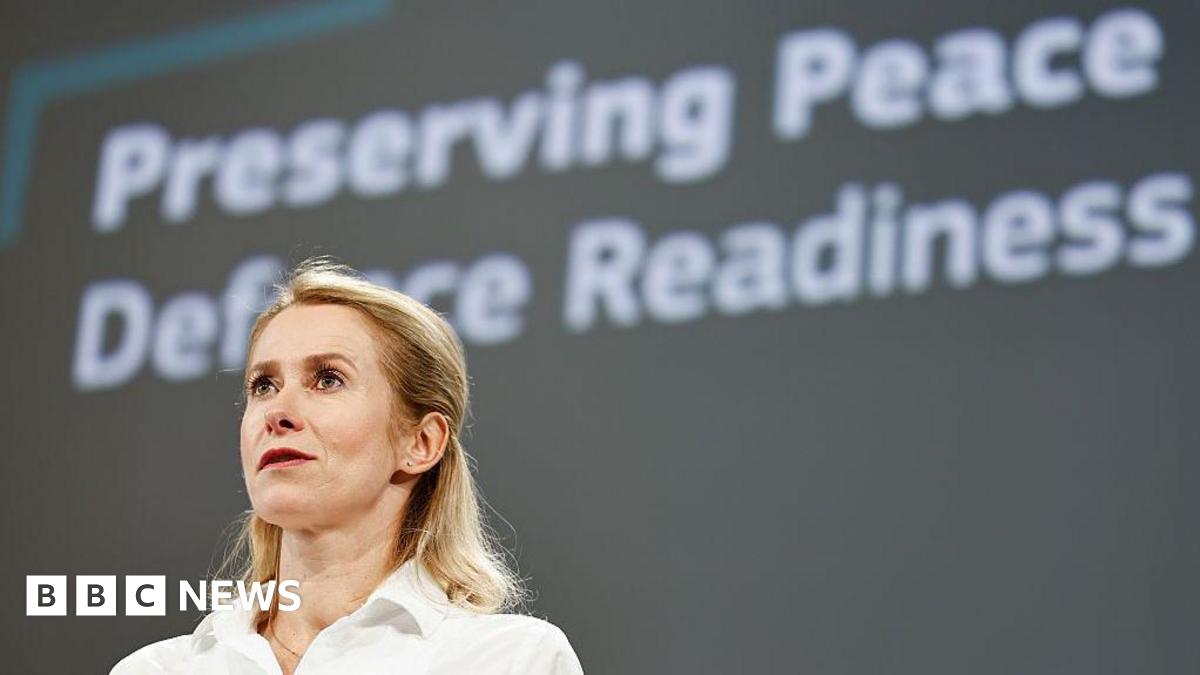The European defence plan comes amid growing European fears that Russia will continue its westward aggression after the war in Ukraine is over, as well as continued ambiguity over Trump’s long-term commitment to European security.
“Danger will not disappear even when the war in Ukraine ends. It is clear we need to toughen our defences against Russia,” Kallas told reporters in Brussels on Thursday.
Although there seems little chance of the war ending soon, Trump says he is now having a “lengthy” conversation with Russian President Vladimir Putin on the phone, ahead of talks with Ukrainian President Volodymyr Zelensky on Friday.
Trump has indicated that if Putin does not not move to end the war, the US could send Ukraine long-range Tomahawk missiles – a potential move already described as “escalation” by the Kremlin.
Standing alongside Kallas, European Defence Commissioner Andrius Kubilius stressed that “our roadmap shows all the major milestones to achieve defence readiness by 2030, so we can deter Russian aggression, prevent war and preserve peace”.
Putin has repeatedly denied that Moscow has any aggressive plans towards the EU. In June, he said the “myth that Russia is planning to attack Europe, Nato countries is an unbelievable lie… nonsense”.
The EU’s executive Commission said the 27-member union should be ready by 2030 , externalto “respond to any crisis, including high-intensity conflict”.
It also urged the bloc to “close critical capability gaps” – including in air and missile defence, and artillery systems – “through joint development and procurement”.
Many EU countries are also members of Nato and its chief, Mark Rutte, said they were working together to protect member states on the eastern flank from aerial threat.
The EU stressed its “flagship” projects would be developed in “close co-ordination” with Nato, and would not duplicate the Western defensive alliance’s work.
No estimates were given to the overall cost, but Kubilius said “we’re not talking here about hundreds of billions”.

